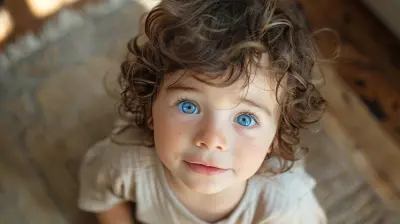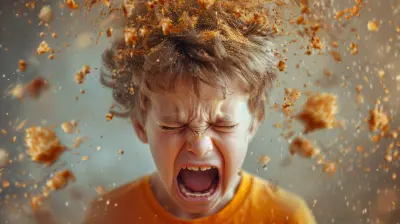Gross Motor Skills: Helping Your Toddler Master Movement
16 July 2025
As parents, there are few things more amazing than watching your child learn to move. One minute they’re wobbling on all fours, the next they’re running across the living room like a wild little superhero. But behind every tiny leap, crawl, and somersault is a whole world of skill development. Enter: gross motor skills.
Gross motor skills are the big muscle movements that help toddlers explore their world—from rolling over to jumping, kicking, and climbing. Understanding how these skills develop and how you can support them is a game changer in your parenting journey.
So grab a cup of coffee, pull up a chair (or let your toddler climb all over you while you read this—we’ve all been there), and let’s dive into how to help your little one master movement. 🐾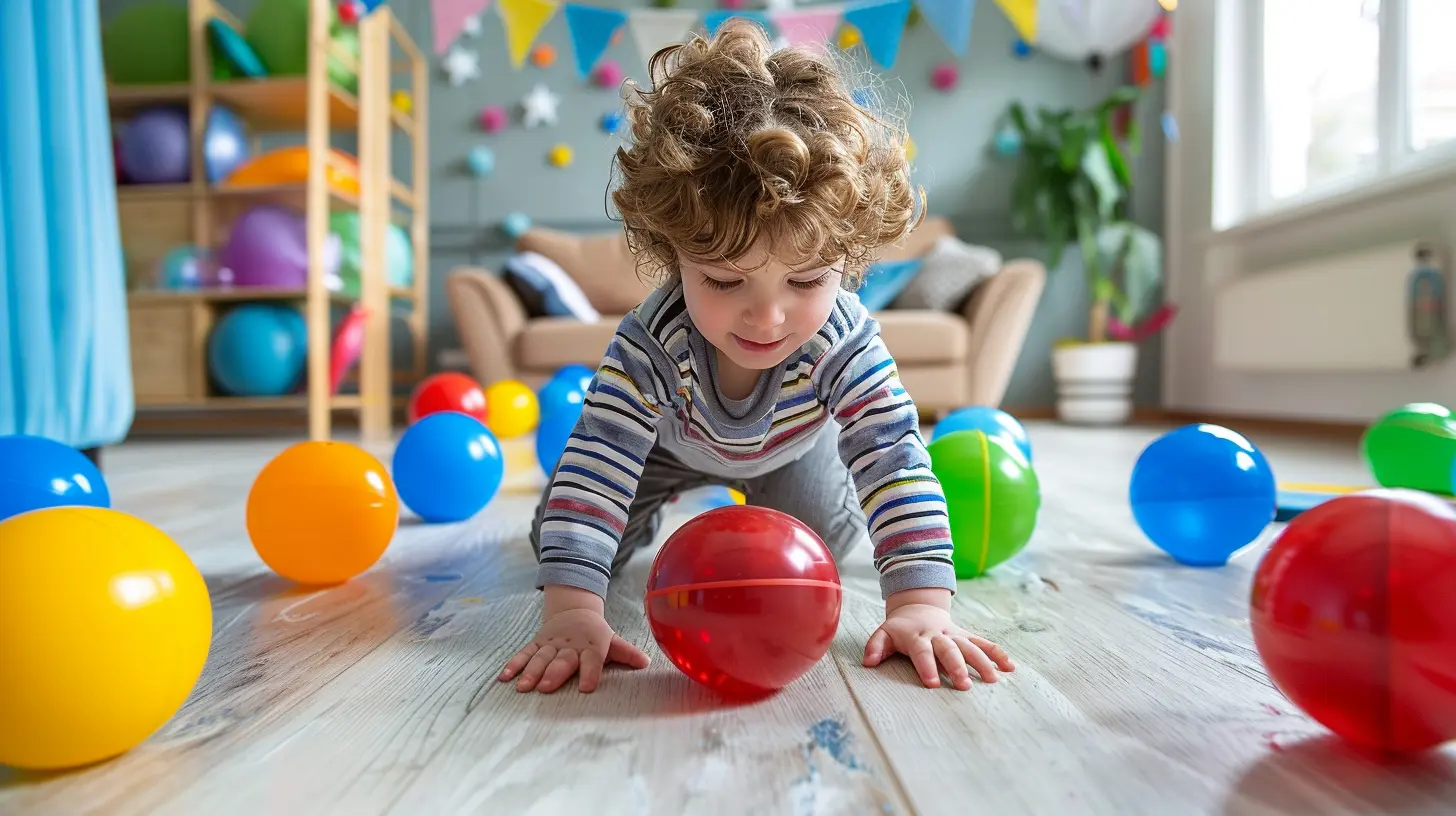
What Are Gross Motor Skills, Really?
Gross motor skills are the large movements that involve the arms, legs, torso, and feet. While fine motor skills deal with detailed tasks like picking up a Cheerio or using crayons, gross motor skills are about big stuff—walking, jumping, running, climbing, and balance.These skills help toddlers do everyday things like:
- Standing up from a sitting position
- Walking without help
- Climbing up and down stairs
- Kicking or throwing a ball
- Dancing (yes, those adorable diaper-wiggle moves count!)
They might seem simple to us, but think of gross motor skills as the foundation of your toddler's physical development.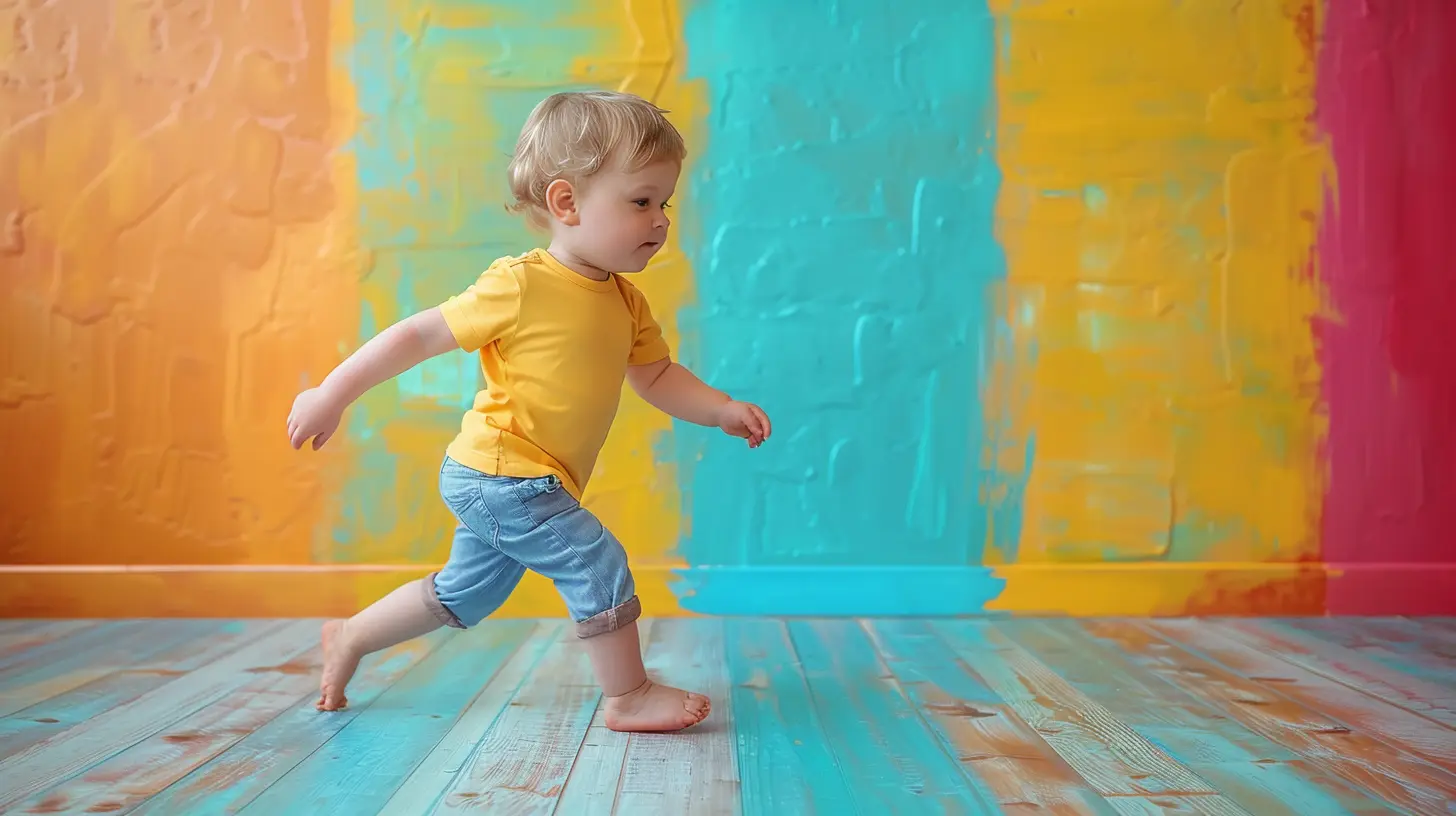
Why Are Gross Motor Skills Important?
Let’s be honest. Toddlers have one goal in mind: to go, go, go. But there’s a method to the madness.Having strong gross motor skills helps toddlers:
- Build confidence—every little physical achievement is a mini victory!
- Explore their environment safely and independently.
- Develop coordination, which eventually helps with fine motor skills.
- Enjoy physical play, an essential tool for learning and social development.
- Improve posture and muscle strength, which supports healthy growth.
Think of gross motor development like the scaffolding that supports your child’s entire physical and cognitive development. It’s not just movement—it’s freedom, learning, and joy rolled into one.
Toddler Development: Gross Motor Milestones
While every toddler is different (and that's totally normal), here’s a rough idea of what to expect at various ages. These milestones aren't deadlines—think of them as gentle markers.12 to 18 Months
- Walks independently- Crawls up stairs (with supervision!)
- Pulls toys while walking
- Squats to pick up objects and stands back up
18 to 24 Months
- Begins to run (often with some epic tumbles)- Kicks a ball forward
- Climbs onto and off furniture
- Walks up stairs with a hand held
2 to 3 Years
- Jumps with both feet- Stands on tiptoes
- Throws a ball overhand
- Pedals a tricycle (with some practice)
Again, toddlers bloom at their own pace, so don’t panic if your child isn’t ticking every box just yet.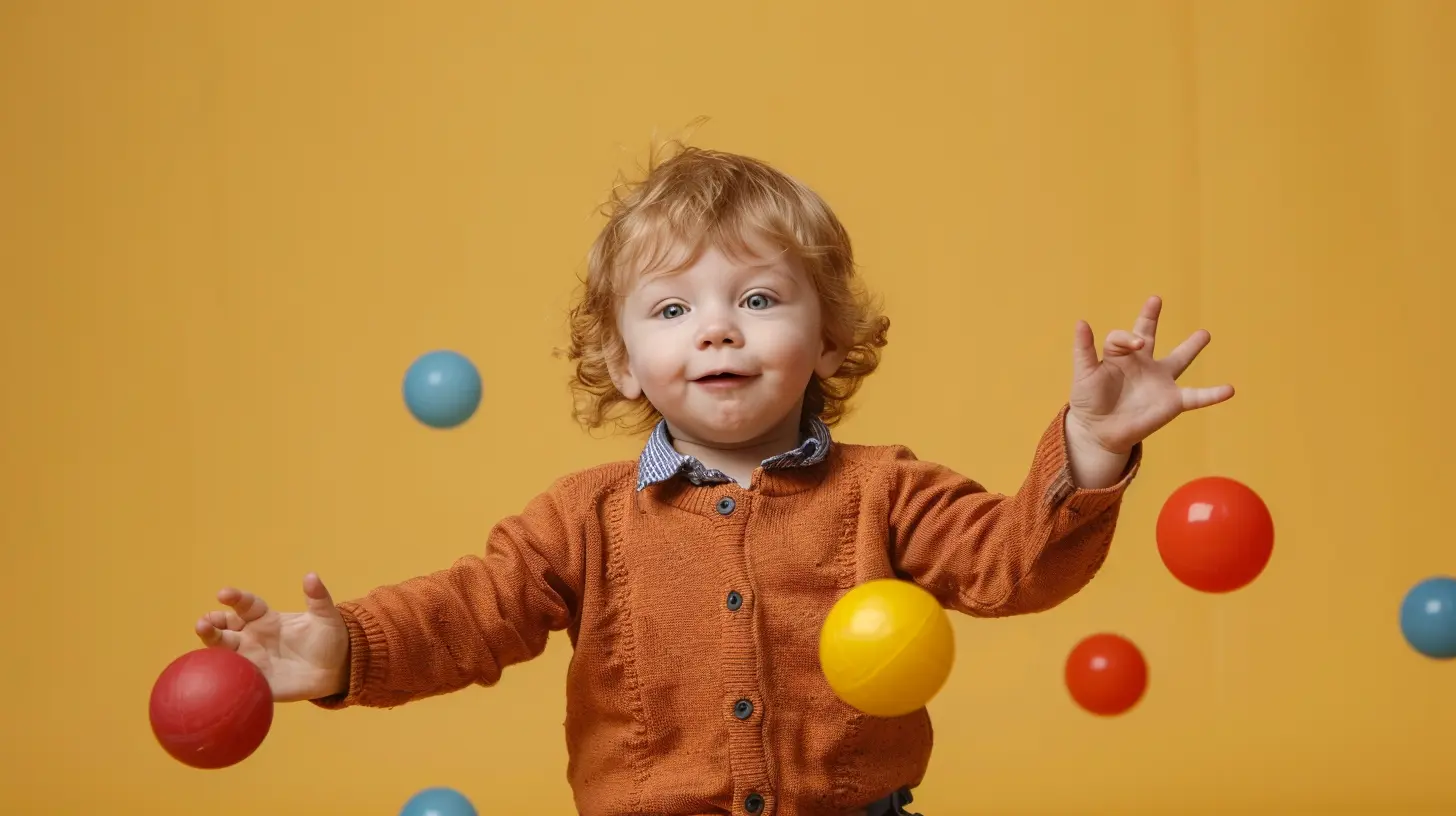
Common Gross Motor Challenges in Toddlers
Sometimes development hits a few speed bumps. And that’s okay. Some toddlers take longer to walk or have a bit of trouble with coordination.Here are a few signs that it might be good to check in with your pediatrician or a physical therapist:
- Not walking by 18 months
- Consistently walking on toes
- Struggling with balance or coordination
- Preferring to sit rather than play actively
- Avoiding stairs or uneven surfaces
Early intervention can make a huge difference. But remember, kids develop differently—try not to compare them to their peers (or those overly ambitious kids on Instagram).
How to Support Gross Motor Development at Home
Here’s the best part: helping your toddler develop their gross motor skills doesn’t require fancy equipment or expensive classes. In fact, your living room, backyard, and the nearest park are perfect playgrounds.1. Let Them Move (A Lot)
Toddlers need time and space to move freely. It might be chaos, but that’s how they learn.- Set up obstacle courses with pillows and blankets
- Encourage crawling, walking, and climbing (safely)
- Don’t overuse strollers—let them walk short distances
2. Play Games That Get Them Moving
Make movement fun by turning it into a game.- Simon Says with actions like jumping, spinning, or balancing
- Follow the Leader, with big exaggerated movements
- Dance parties in the kitchen—yes, they count as cardio for you too!
3. Create Safe Climbing Opportunities
Toddlers are natural climbers—we’re just here to try to make it slightly less terrifying.- Use toddler-safe climbing toys
- Build towers out of couch cushions
- Let them climb stairs (with supervision)
4. Encourage Outdoor Play
The great outdoors is a giant classroom for gross motor skills.- Head to the playground for swings, slides, and monkey bars
- Play with balls—kicking, throwing, chasing
- Walk on different surfaces—grass, sand, gravel
Just remember sunscreen!
5. Get Into Water Play
Water play isn’t just fun—it’s also a killer workout for those big muscles.- Splashing in the pool
- Running through sprinklers
- "Swimming" in the tub
Bonus: water play can calm even the wildest toddler tantrum.
6. Go Barefoot (Yes, Really)
When it’s safe and warm enough, let your toddler go barefoot indoors or on soft outdoor surfaces. It helps them develop balance, coordination, and awareness of body position (called proprioception—fancy, right?).Toys That Support Gross Motor Skills
You don’t need a toy store explosion in your home, but a few key items can help:- Push toys (even a laundry basket works!)
- Ride-on toys or toddler scooters
- Balls of various sizes
- Tunnels and crawl mats
- Small climbing structures
Just remember that your attention and encouragement are better than any toy.
Encouragement Is Everything
Sometimes your toddler needs a cheerleader more than a coach. If they fall, offer a hand. When they succeed, give a high-five. When they look hesitant, just say, “You can do it!”Your voice, your hugs, your presence—they’re what build confidence.
And don’t forget, toddlers learn by watching. So if you want them to be active—get moving with them. Play tag, run races, roll on the floor together. It’s good for them, and honestly? It’s good for us too.
When to Seek Help
You know your child better than anyone. If something feels off, trust your gut. Talk to your pediatrician if:- Your toddler avoids physical activity
- Can’t mimic basic motor actions like jumping or climbing
- Struggles noticeably more than peers
- Seems stiff or floppy in their movements
Early help can make things smoother down the road.
Final Thoughts: Every Movement Matters
Helping your toddler master movement isn’t about milestones on a checklist—it’s about moments. The first unsteady steps, the victorious climb onto the couch, the triumphant toppling of a tower made of pillows.These are the stories of growing up. These are your stories too.
Every time you chase them around the park, clap when they jump for the first time, or let them ride your foot like a pony—you’re building their strength, their coordination, and their sweet little self-confidence.
So don’t stress the timeline. Celebrate the wobbles, the tumbles, the tiny victories. Because gross motor development isn’t just about moving—it’s about becoming.
all images in this post were generated using AI tools
Category:
Toddler MilestonesAuthor:

Max Shaffer
Discussion
rate this article
2 comments
Azriel Black
Great article! Encouraging gross motor skills in toddlers is crucial for their development. Simple activities like crawling, climbing, and dancing not only boost movement but also promote confidence and coordination.
November 13, 2025 at 4:03 AM
Uzi Harmon
Embrace the giggles and messy moments! Encouraging your little one to explore movement is a joyful adventure. Every tumble and leap is a step toward mastering those gross motor skills. You've got this!
July 31, 2025 at 2:46 AM

Max Shaffer
Thank you! Embracing those giggles and messes truly makes the journey of mastering gross motor skills even more rewarding. Let the adventure begin!
